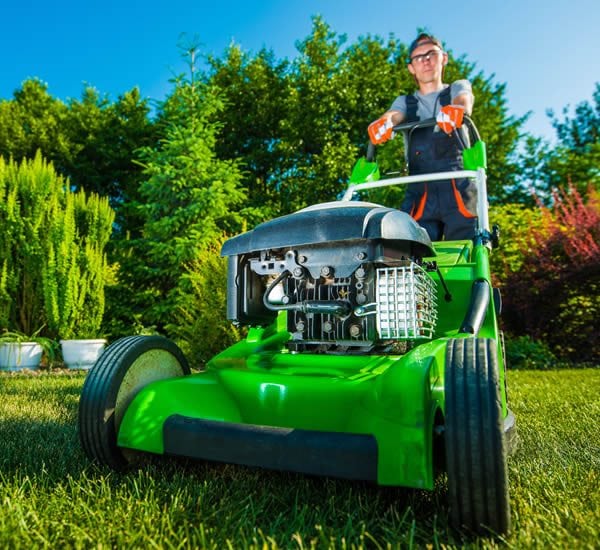
Outdoor Lighting Solutions
Define the Purpose for Landscape Lighting
When considering adding landscape lighting think about what your purposes are for wanting illumination in your backyard. Perhaps you want to set a soft, romantic mood during the evening hours. Maybe you have a bench or a shadowy garden corner you need to illuminate for security reasons. A path leading through the garden may require landscape lighting to mark its boundaries. You might want to highlight some features of your backyard like a water fountain or pond.
Decide Where Landscape Lighting Should Go
Match the reason for lighting to specific locations in your backyard. You may want to illuminate a bench along the path with a pole-type lamp placed behind it. A soft mood can be achieved by hiding landscape lighting under shrubs. A path may require a series of short stake lights along its border on one side or on both sides. A water fountain can be enhanced with a spotlight, and a pond can have soft lighting around its perimeter.
Set Up the Lighting
If you wish to highlight a single item in your garden like a statue, gazing ball or fountain, you should consider using a few landscape lighting fixtures with lower intensity bulbs. Place these at various angles and distances. A single bright light shining directly on the object will create harsh shadows. Landscape lights that make soft spots of light are good for garden paths. Space the lights at equal distances along the path you want illuminated. Blue tinted lights allow for a moonlight-type mood in your garden landscape.
Since many people work or play till long after the sun goes down, they often don’t have time to enjoy their backyard until the evening hours. Add outdoor lighting, and your garden is immediately transformed into usable space. Good lighting can bring Zen-like qualities to any setting. You can rediscover the perimeter of your property, make it fun to entertain and highlight points of interest, such as sculptures or fountains.
If you have questions, give us a call at 815.786.7647
Request Lighting Information



© 2023 Aztech Landscaping of Sandwich, IL provides landscaping services and decorative stone patios.
Popular service areas include: Lake Holiday, Oswego, Sandwich, Sugar Grove, and Yorkville. (see more areas)
website design by Willow Marketing Solutions







